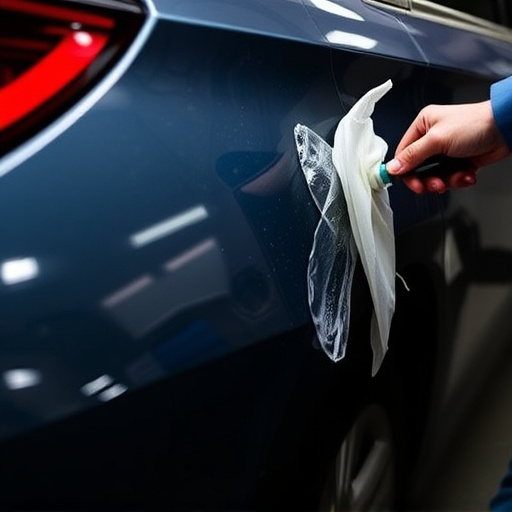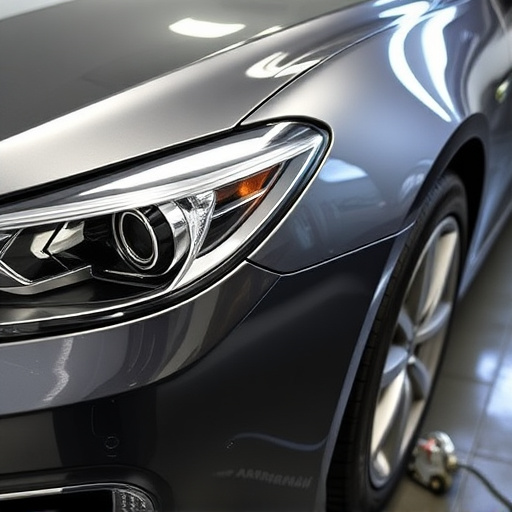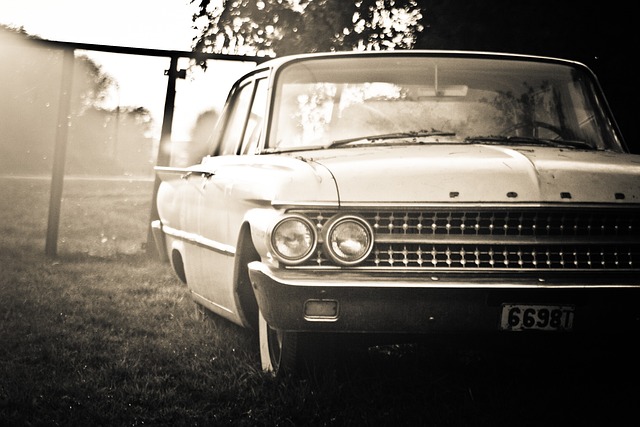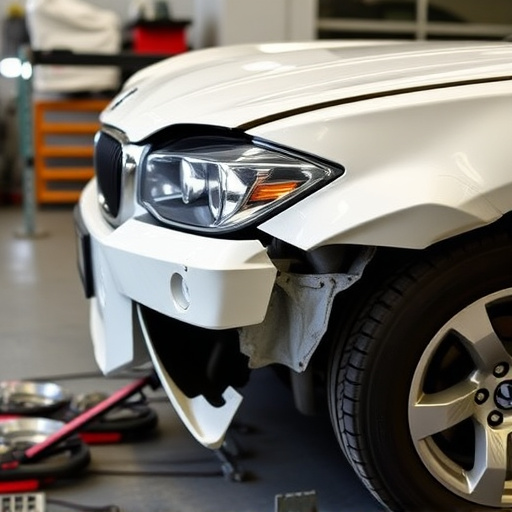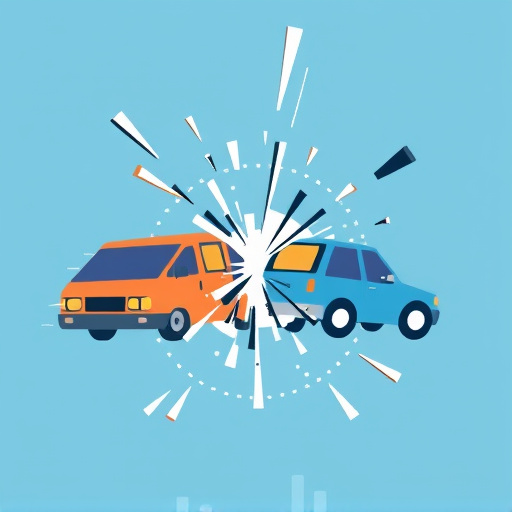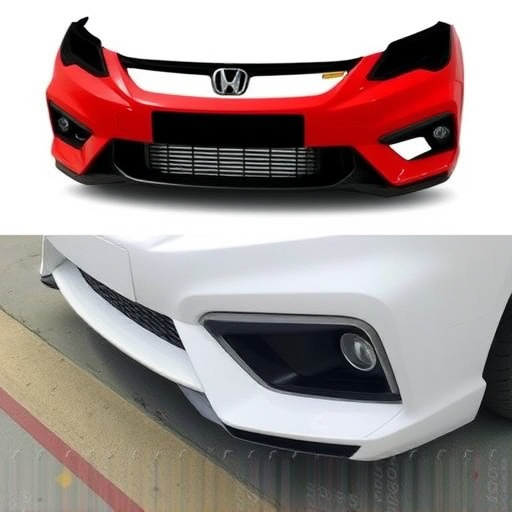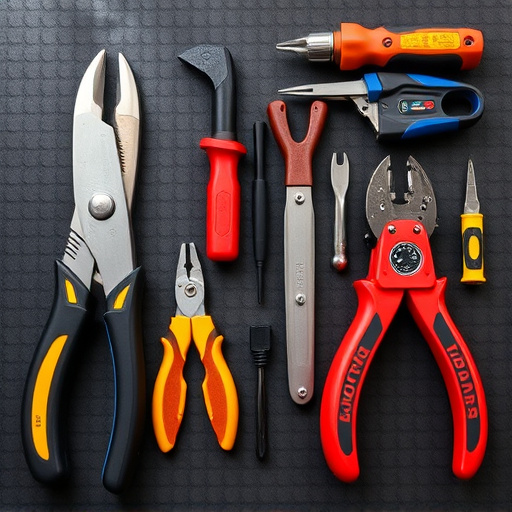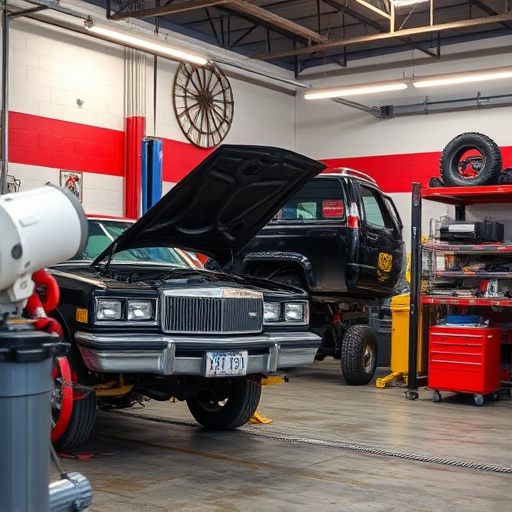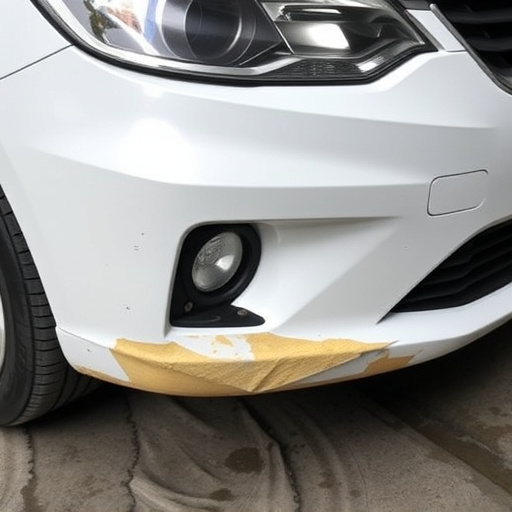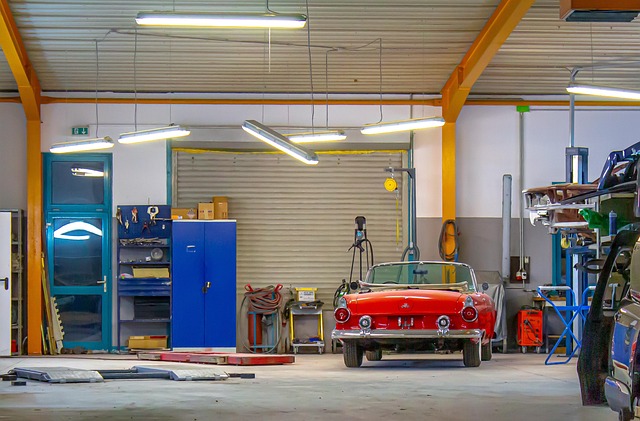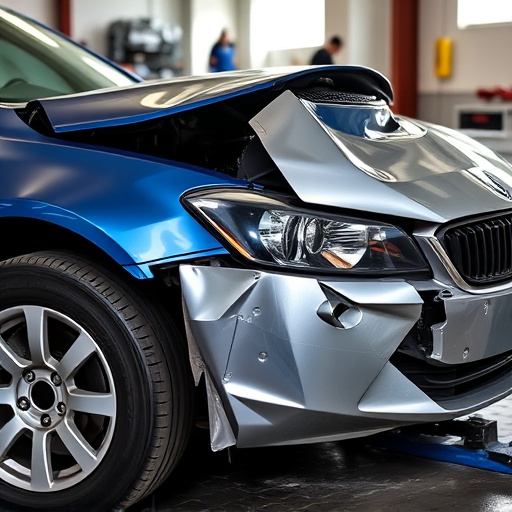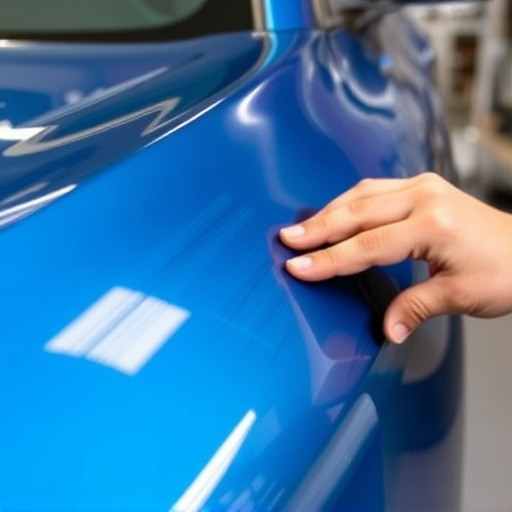Antique auto restoration is a meticulous art crucial for preserving historical automotive artifacts in museums. Skilled restorers use advanced techniques to revive vintage vehicles, addressing structural issues and ensuring their longevity. This process allows museums to display accurate, stunning representations of past automobiles, enhancing visitor experiences and showcasing automotive design evolution. Through restoration, museums educate the public about historical trends, craftsmanship, and repair techniques, fostering appreciation for classic cars and the dedicated restorers who bring them back to life.
Antique auto restoration plays a pivotal role in preserving automotive history and enhancing museum experiences. By expertly reviving vintage vehicles, restorers ensure that historical artifacts remain intact for future generations. This meticulous process not only revitalizes displays but also adds an educational dimension to automotive museums. Restored classics offer visitors a glimpse into the past, fostering appreciation for the evolution of automobile design and technology. Through these efforts, museums can showcase the craftsmanship and beauty of bygone eras, making antique auto restoration a game-changer in curatorial practices.
- Preserving Historical Artifacts: The Role of Restoration
- Revitalizing Displays: Antique Autos' New Life
- Educational Value: Restored Cars in Automotive Museums
Preserving Historical Artifacts: The Role of Restoration
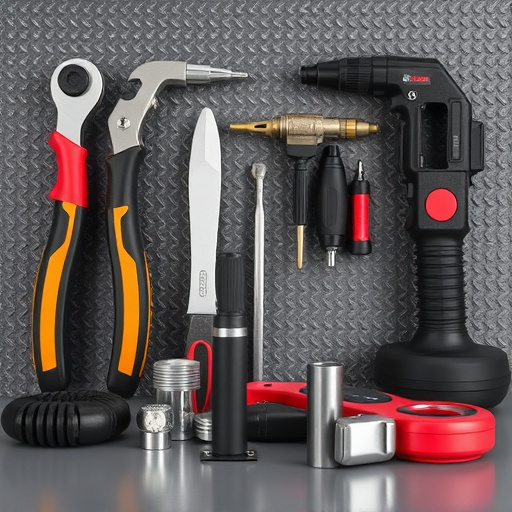
Antique auto restoration plays a pivotal role in preserving historical artifacts within automotive museums. The meticulous process involves skilled technicians who dedicate themselves to resurrecting vintage vehicles to their former glory. Each restored car becomes a testament to the craftsmanship and ingenuity of past eras, offering visitors a glimpse into the evolution of automotive design.
This specialized field goes beyond mere aesthetic enhancement. Restorers employ techniques like frame straightening and auto body repair to address structural damage, ensuring the longevity of these precious vehicles. Even issues stemming from hail damage repair are meticulously handled, allowing museums to showcase complete and accurate representations of historical automobiles, thereby enriching the overall visitor experience.
Revitalizing Displays: Antique Autos' New Life
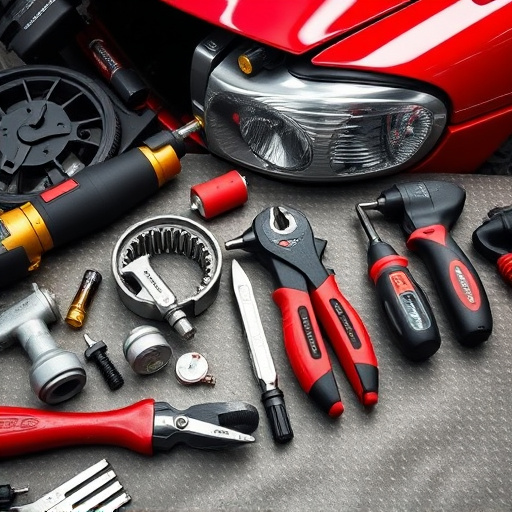
Revitalizing Displays: Antique Autos’ New Life
Antique auto restoration is a meticulous art that brings vintage vehicles back to their former glory. This process involves intricate car repair services, from meticulously repairing and replacing worn-out parts to ensuring every detail aligns with historical accuracy. Skilled restorers carefully navigate the intricacies of each vehicle, utilizing specialized knowledge and techniques to revive these time capsules. The end result is a stunning display that allows visitors to appreciate not just the aesthetic beauty but also the engineering marvels of past eras.
Automotive museums play a pivotal role in showcasing these beautifully restored antique autos. By providing dedicated spaces for vehicle restoration, these institutions ensure that precious pieces of automotive history are preserved and shared with future generations. The meticulous craftsmanship involved in restoring these classics becomes a living testament to the skill and passion of restorers, fostering an appreciation for both the historical context and technical achievements of bygone eras.
Educational Value: Restored Cars in Automotive Museums
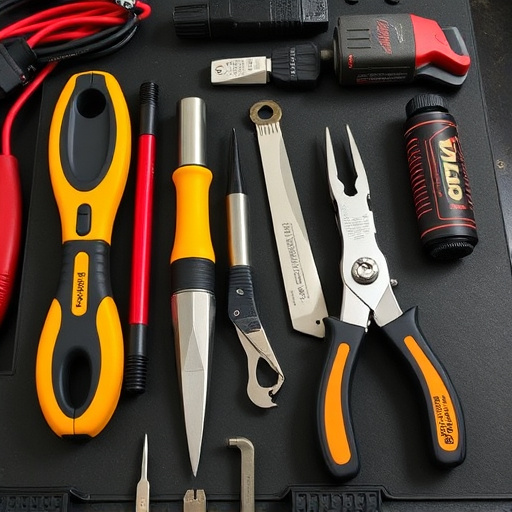
Antique auto restoration plays a pivotal role in enhancing the educational value of automotive museums. Restored classic cars offer visitors a unique opportunity to appreciate the intricate details and engineering marvels of bygone eras. By examining these meticulously preserved vehicles, enthusiasts can gain insights into historical design trends, technological advancements, and the craftsmanship that defined the automotive industry’s early years. Each restored car becomes a living testament to the evolution of motoring, fostering a deeper understanding and appreciation for the rich history of automobiles.
Moreover, the process of restoration itself serves as an educational tool. Visitors can learn about various aspects of auto repair, from intricate bumper repair and precise auto glass replacement to the careful preservation of original parts. These museums often provide informative displays or guided tours that explain the challenges and techniques involved in antique auto restoration, making the experience both engaging and instructive for both casual enthusiasts and those passionate about automotive history.
Antique auto restoration plays a pivotal role in enhancing automotive museums’ offerings. By meticulously preserving historical artifacts, these restoration processes give classic cars a new lease of life, making them more accessible and appealing to visitors. The revitalized displays not only showcase the evolution of automobile design but also provide an educational platform for learning about engineering feats of the past. Museums that prioritize antique auto restoration contribute significantly to our understanding and appreciation of automotive history.


